In the exhibition Free Fruits organized at MATCA ARTSPACE in CLUJ (30.07.2020 – 18.08.2020), Claudiu Cobilanschi presents a series of audio-video works that continues his private (raw) interaction with spaces in Bucharest ( the Ex-Tei – Toboc nursery, the former greenhouses next to the Botanical Garden, etc.), spaces with a liminal utilitarian circuit. We are talking about five audio-video recordings, rather a docu-performance hybrid in which history, affective memory and the fate of common goods look for meaning in the monologue of a flaneur.
The implications of these recordings are related to the larger project that was opened with the exhibition Site Report at Diptych Art Space (March 11 / July 13), which aimed to “display” the plateau between the National Library and Nerva Traian (the foundation of the building designed for propagandistic culture). Two works (three perspectives, complete balance) recorded the real or symbolic relationships (verbal dispositions) of the interaction with its “nudity” or the ecology of the place. There is a revealing sequence in which Cobilanschi walks on an elongated ridge, formed by the cement removed by those prospecting the foundation, each step being marked by a complex series of sharp sounds (as if they were shards) that organically accentuate the marks of the past on the indefinite surface of the present.
His statement assembles within a speculative flow the joints of the works, with sudden passes between ideas, flashes and interests. Constituted around improvised formulas which slide from literature to photography, the exhibition revolves around two video-art experiments. On the second floor of the gallery, objects, photographs and an audio-video recording were installed under a loopback effect between image and materiality, a kind of improvised archive of “archaeological” curiosities. The report engages the pseudo-memorial coupage with a constructivist vision, narrating a democratic art that aestheticizes “concrete” rather than “marble”. It should be noted that the opposition between the two ideological formulas (communism – cement vs. capitalism – marble) does not lead him to an invariable anti-capitalist inertia, but places him in a search for “…a third point of view intensely polarized so that the two ideas can show their worth”. Following his train of thought, he added a series of questions about the residual materiality of the great fossil that was once a cultural center and the possibilities of its purely “pictorial” reuse.
With the sensibility of a flaneur, Cobilanschi interprets the physiognomy of the city from a somewhat neutralized point of view (“… it takes a geologist’s eye”) in order to differentiate, to space out the layers of a socialized time (materialized in the buildings of the city) that traverse the obsessions of the old regime but also its new capitalist aspirations. Is this neutralized view a curatorial effect placing a utopic space, such as that of the exhibition, in which the possibilities of the communist or capitalist world-system become inoperative, transparent and discursive? Or rather are we searching for ideological gaps, their interstices (Foucault) in order to think, experience a series of limits and, hence the possibility to critically express the potentialities of the present? I would lean towards the latter, his practice revolving around areas where the undecidable sparks as marks of the blind transition (what, from where, to what, why?) in works that hybridize biographical diary with docu-performances. Of course, the two variants are not exhaustive, “the third point of view” could also mean a socially involved art, announcing possible transformations, new forms of community, artistic organization etc.
In their conceptual aspects the projects developed by Cobilanschi are part of a common symptomatology of the transition in terms of social art. The main characteristic of these practices with different mediums of expression is given by a social critique of signs, through types of works that develop a “reading” of the surface of things, people and society (Dan Perjovschi, Matei Băjenaru, Mona Vătămanu and Florin Tudor, Nicolae Comănescu, Dumitru Gorzo, Vlad Nancă, Ana Bănică, Iulia Toma etc.). This critique displays the rules of visibility that silently govern the concrete manifestations of social life in Romania (institutions, mentality, gender issues, cultural tropes, social exclusion, etc.), using non-dogmatic resources of artistic experience, from pop-art to the relational art of the 90’s.
We need to ask ourselves whether we can talk about a post-transition social art given that the “transition” seems to be just the overturned image of the “permanent revolution”, a continuous process of democratic transformation. Any possible answer opens a series of imaginable negotiations regarding the criteria that should be accounted for, but anyhow it is clear that the scene of these transformations has set the stakes of social art and its constant commitment to the surface of the present (the stakes of its meanings). One can think about the implications given by the financing policy of the Soros Center for Contemporary Art until the 2000’s, a test bed for artistic projects of social art and the “Rostopasca” event. With “Rostopasca” one can speak of a caesura in post-1989 Romanian art: the group had performed in a very short interval the exemplarity of post/neo/avant-garde and established an artistic “subjectivity” marked by the emergence of private art spaces. The difference from the “neo/avant-garde” predecessors of the old regime is notable since the ’60s state art, even experimental, had a purely aesthetic purpose and a tolerated synchronicity with the Western environment. Even the private artistic experiments of the’ 70s (Ion Grigorescu, Geta Brătescu etc.) or ’80 were an artistic recoil to the folkloric social realism brought by the ’71 July Theses, i.e. they performatively restored the lost place of freedom.
Social art signals the milestones of state transformations and setts the stakes of visibility in the social milleu, being rather a cumulation of tactics meant to express the “nodes of the present”, than a strategy (pathos) focused on dismantling the Romanian social assemblage towards different forms of community, the politics of common goods, etc.
There are new insights that take over the first decade of the 2000’s, artists such as Silvia Amancei and Bogdan Armanu, Megan Dominescu etc. Or different directions, such as the mural painting of Pandele Pandele that triggers the “educational” potential of the pictorial image (with an academic scrupulousness) through the aura of the figurative in opposition to the image-commodity. What he wish for is the ability to disjoin the “good” image from the “bad” one. (the Hollywood imagistic).
One cannot speak, de jure, of a socially involved art (even in the case of Vector projects from Iași), as long as the involvement would imply a vectorization of the social field in the actuality of a politique of the future, a revolutionary desire (Marian and Victoria Zidaru?) or ethical formulas of artistic resistance (Ion Bârlădeanu?). If there are no stakes that reach a political or artistic transcendence, one is confined to the immanence of the present on which it constantly relies. This means first of all the competitive struggle on a market of artistic affirmation (to network, position yourself). But, de facto, their practices have the merit of constituting, together with the ironic engagement of symbolic relations, a space of visibility of social relations that short-circuits the official areas (institutions, media) of image production and public information (what becomes common). In this derivative sense it is socially involved, but as “art with limited responsibility”. Its hopes are equal to its power to inflect a difference in the perception of the social field and actors or the viewers possibility of resistance and opposition within and not outside the status quo.
In what I have mentioned there is little normativity and a descriptive tonus that is certainly not entirely fair. In order to guess the “place” in which Cobilanschi can be artistically settled one needs to solve first the riddle of the “third point of view”, i.e. his desire to make visible something that should not be reduced to a ready-made variant of interpretation, both necessary and phantasmatique.
POSTED BY
Emilian Mărgărit
Emilian Mărgărit is an independent curator and since 2017 founding member of Image and Sound, Bucharest. He has a PhD in Philosophy (contemporary French Philosophy), he has published in collective v...

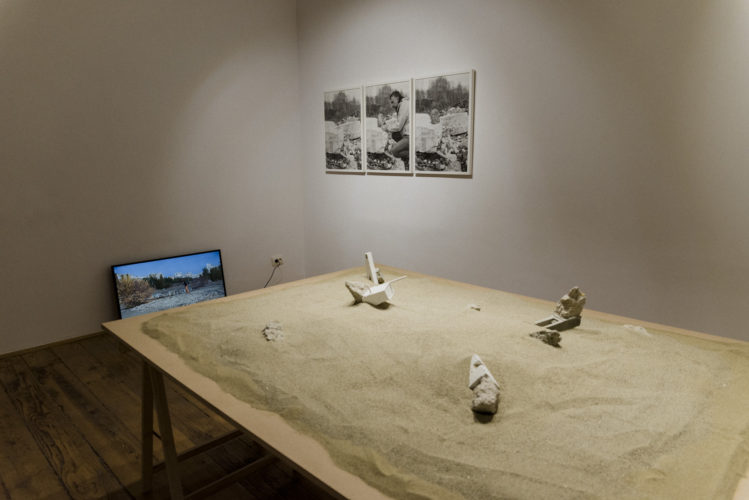
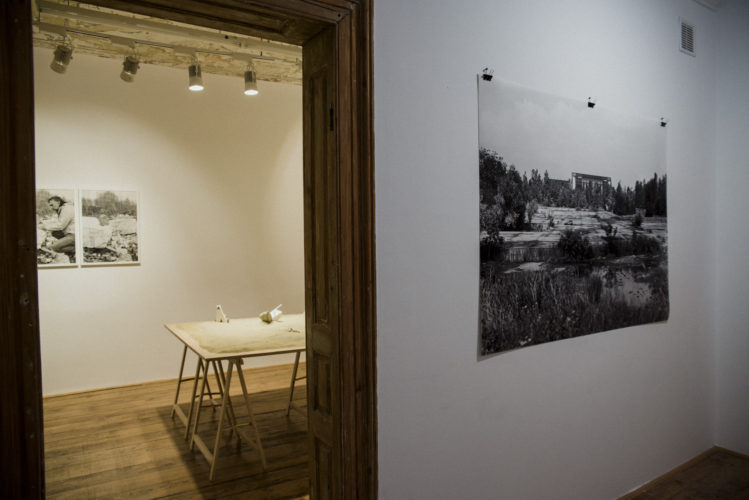
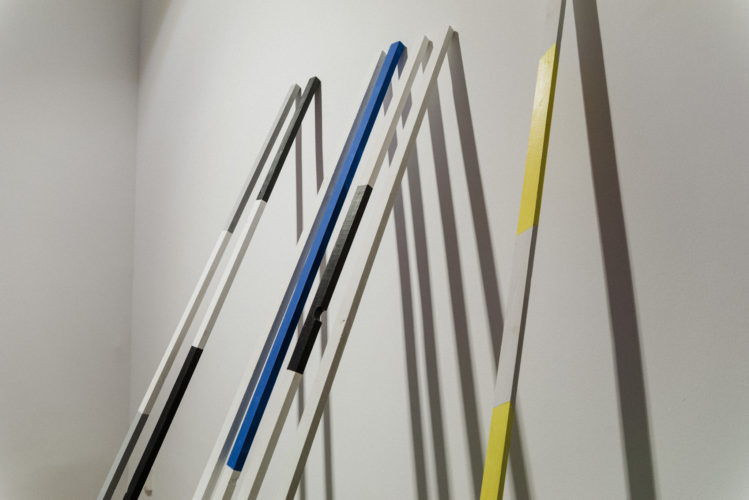
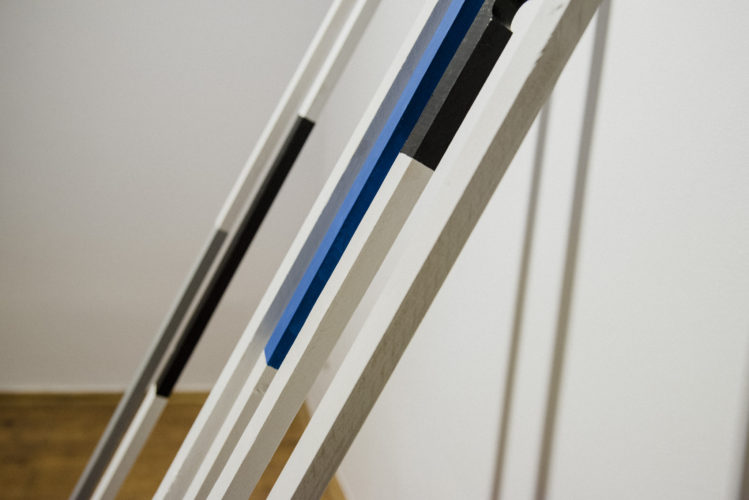
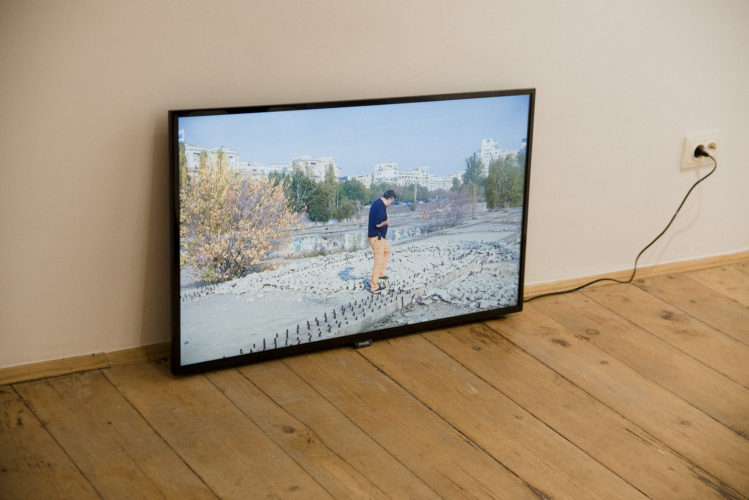
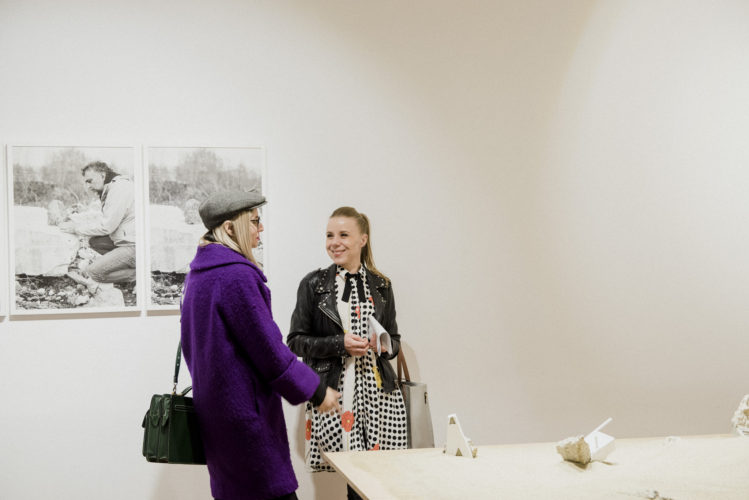

Comments are closed here.